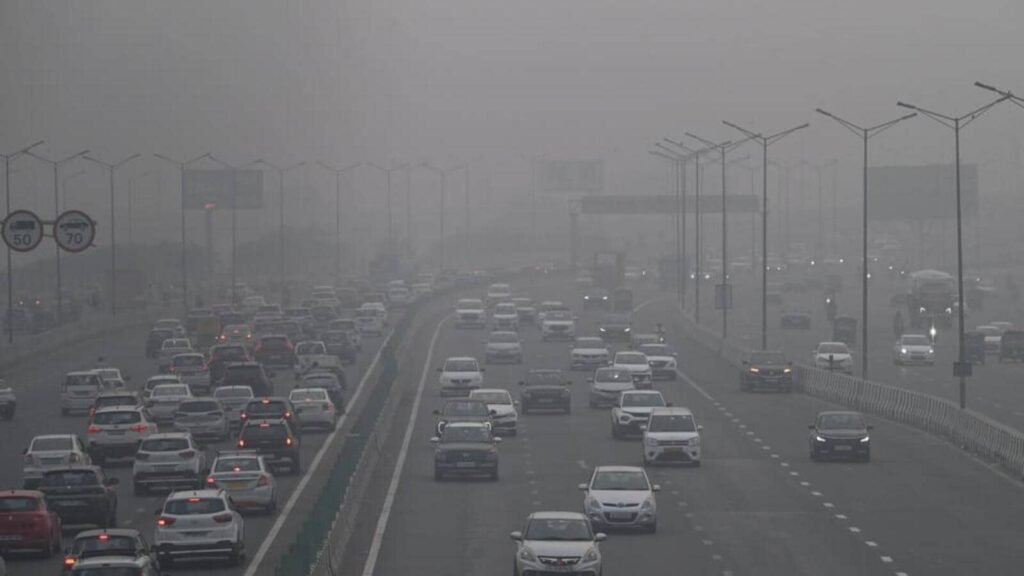
The India Meteorological Department (IMD) has issued an orange alert for “dense” to “very dense” fog in Delhi on Monday, predicting that visibility may drop to as low as 200m in most of the Capital and the surrounding region, affecting road, rail, and air traffic.

“There are chances of dense to very dense fog in Delhi on Monday. An orange alert has thus been issued, with smog expected later in the day too,” said an IMD official.
IMD defines “shallow” fog in a region when visibility drops to 500-1,000m, “moderate” fog when visibility is 200-500m, “dense” fog when visibility is 50-200m, and “very dense” when visibility dips to 50m. or lower.
If visibility is less than 1,000 meters and relative humidity is more than 75%, it is termed as fog. If the relative humidity is less than 75%, it is called smog.
All the runways at Delhi’s Indira Gandhi International (IGI) are equipped with CAT-3 — an instrument landing system (ILS) that allows flights to land in adverse weather conditions such as fog, even if visibility is down to 50 metres. However, flights cannot take-offs if the visibility is less than 125 meters, and so, “dense” or “very dense” fog can lead to long delays at IGI.
For example, Delhi on November 13 recorded the season’s first “very dense” fog, and the flight tracking website Flightradar24 said that more than 550 flights were delayed that day. Though the lowest visibility was 400 meters the next day, a cascading effect of delays meant over 350 flights were late — both arrivals and departures.
The Met department said the lowest visibility on Sunday was 500 meters at Palam between 8.30 am and 9 am, while it went down to 300 meters at 7 am at Safdarjung. However, with the sun’s rays not being able to penetrate to the surface, visibility remained poor throughout the day, touching a maximum height of 900 meters at Palam (5.30 pm) and 800 meters at Safdarjung (2.30 pm).
“Visibility did not go beyond 1,000 meters during the day, which is usually when we see some relief through sunshine. In comparison, the highest visibility on Saturday during the day was 2,200 metres. After 6 pm, visibility started dropping again and was at 600 meters at Palam and 400 meters at Safdarjung,” said the official, adding that a further dip is likely after midnight.
Due to the low visibility, trains are likely to be delayed, while speed restrictions are likely to be implemented for road traffic.
In its forecast for Monday, IMD said, “The fog/smog may affect some airports, highways and railway routes in the areas of Met sub-division. Ferry services also to be affected. Difficult driving conditions with slower journey times.”







